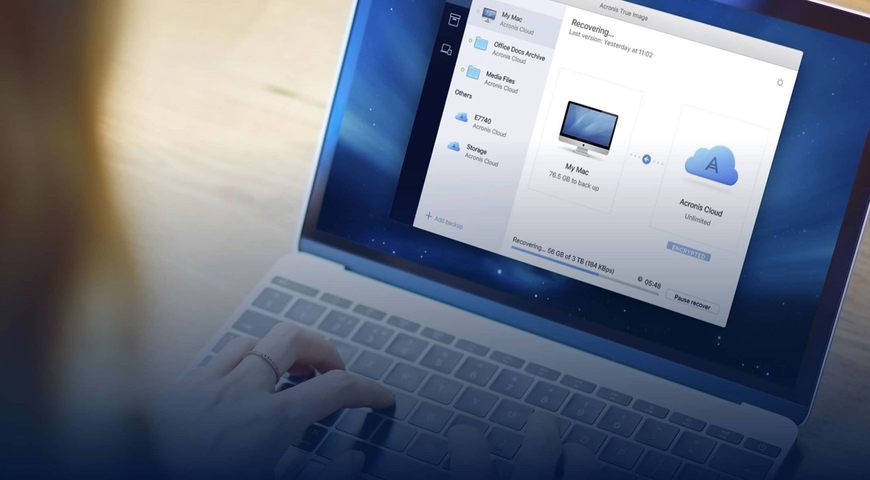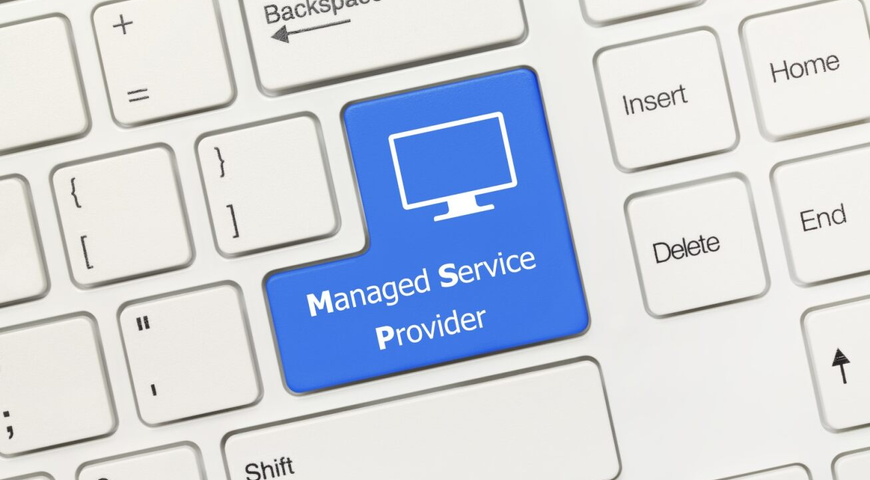
The scale of data backup for corporations and even wedding photographers and music producers can be impressive, but when it comes to sheer amount of data, space programs are in an entirely different galaxy. The Australian Square Kilometer Array Pathfinder Telescope streams 2.8 GB of data every second — which would take nearly two million years to play back on a music player — and the Hubble Space Telescope transmits 120 GB of science data every week — comparable to 3,600 feet of books on a shelf.
Close Calls
That’s a lot of data, and if a system crashes, space organizations need to be confident that their backup and data protection systems will save it all. When the ill-fated space shuttle Columbia disintegrated upon reentering the Earth’s atmosphere in 2003, researchers were able to extract 99 percent of the data from one of three damaged hard drives. An 8-year-old Seagate hard drive was the only one that was sufficiently intact to recover data. The older hard drive was more durable and tolerant of damage than many current hard drives, Jon Edwards, a senior clean room engineer at data recovery company Kroll, told Computer World.
"It was only a couple hundred megabytes of data, which isn't much by today's terms, but the data [the drive] contained was very valuable," Edwards says.
Five years after the Columbia mishap, NASA engineers attempted to switch the Hubble Space Telescope's backup data relay channel — how the telescope sends images back to Earth — when the payload computer and Side B data formatter reset. The reset caused an electrical event that, fortunately, didn’t cause permanent damage, Art Whipple, manager of the Hubble Systems Management Office at NASA’s Goddard Space Flight Center, told Fox News. Switching to the backup channel, Side B, required five other backup systems to be activated that were previously in hibernation.
Storage and Protection in Space
These two cases show the importance of having a system in place for data protection and recovery, especially for the specific challenges space programs face. Older satellites typically store data on magnetic tape, which can easily be wiped out by cosmic rays or charged particles and requires special engineering for the moving parts, according to NASA’s Goddard Space Flight Center. Modern satellites store data in solid state memory, which is made up of many computer memory chips. While it’s more reliable than the tape from an engineering standpoint, solid state memory is more sensitive to radiation and particle damage than tape.
When a particle zaps a chip and changes a memory value, data isn’t affected or lost, but when multiple events occur, a bit of data is often lost, according to NASA’s Goddard Space Flight Center.
That’s how data is collected and stored, but during that time it’s not protected. Data must be transmitted to the antenna facility and then to the data center by radio using an Earth-based antenna. Often all of the data is treated equally, but another process uses a data network to transmit the most important data (such as health-and-safety data) first, followed by the remainder of the information.
Data can be compromised when multiple events occur or when data is being transmitted to the data center. Just as corporations protect their confidential information, space centers must make sure their precious data is stored securely and protected.
Image via Wikipedia
About Acronis
A Swiss company founded in Singapore in 2003, Acronis has 15 offices worldwide and employees in 50+ countries. Acronis Cyber Protect Cloud is available in 26 languages in 150 countries and is used by over 20,000 service providers to protect over 750,000 businesses.




